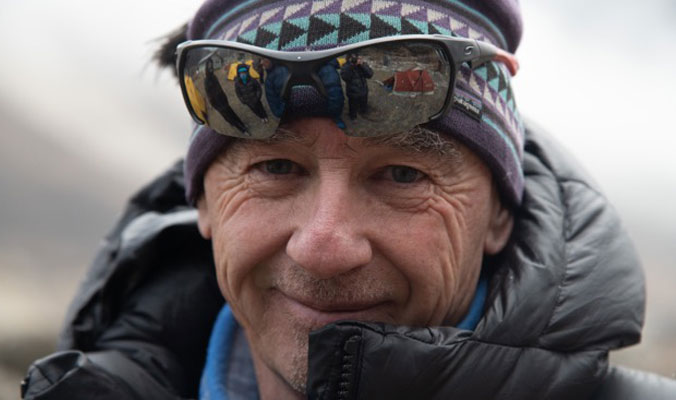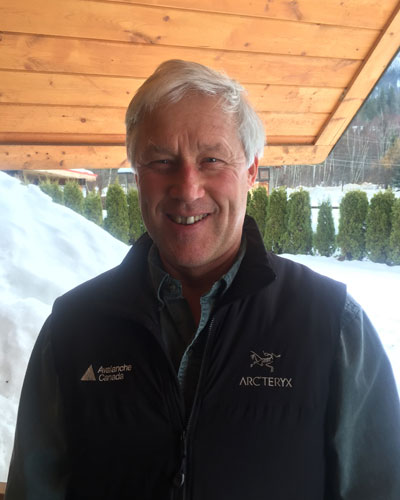
Today, the acronym AIARE (“airy”) is practically a proprietary eponym—like Kleenex or Spandex—for an avalanche courses. Less than two decades ago, however, there was very little that was standard in American avalanche education. Tom Murphy, Karl Klassen and Jean Pavillard would change that.
The trio, who’d meet in the early ’90s, brought together knowledge of avalanche curriculum from each of their respective countries. Murphy had the U.S.-based angle dialed—prior to moving to Crested Butte, Colo. in 1990, he’d spent 15 years around Hatcher Pass, Alaska, conducting avalanche control work for a mining company, as a weather observer for the Alaska Avalanche Warning Center, teaching with Jill Fredston and Doug Fesler at their Alaska Mountain Safety Center and serving as general manager for Hatcher Pass Lodge. Klassen was a household name in Canada, known for developing avalanche curriculum with the Canadian Avalanche Centre and as an internationally certified mountain guide. Pavillard, also a internationally certified guide, had moved his business, Adventures to the Edge, from his home in Switzerland to Crested Butte, where he was working as the ski school director and developing the ski discipline for the American Mountain Guides Association alongside Bela Vadasz and others.

Pavillard and Klassen met in California’s Sierra Nevada Mountains in spring 1992 and began discussing the U.S.’s unbalanced avy-education footing, though guidelines from the American Avalanche Association existed at the time. Seven years later, alongside Murphy, who ran courses in Crested Butte for Pavillard, they founded the nonprofit American Institute for Avalanche Research and Education (AIARE) with a system of courses and instructor courses that would soon spread across the country.
“When we first started, it was simply a matter of coming up with a standardized curriculum that we could use in Crested Butte to teach our own courses,” Murphy says. “Right around the early 2000s, a lot of different avalanche course providers across the U.S. began to see what we were doing and wanted to get involved.”

Today, more than 100 providers and 450 instructors teach AIARE curriculum throughout North and South America. Each of the cofounder’s résumés have grown, too—Klassen is warning service manager for Avalanche Canada, Pavillard served as technical director for the AMGA and has guided the Seven Summits, and Murphy spent 15 years as AIARE’s executive director. And this winter, he says, AIARE will teach more than 10,000 students.
“I don’t think we could have ever imagined that back in the late ’90s when we first got things rolling,” Murphy says. “It’s definitely exceeded the expectations that we had.”











Related posts:
The Snow Pro: Steve Banks engages friends and clients in terrain conversations
The Snow Pro: Donny Roth talks risk, communication and guiding around the world
All-Day Warmth: New and advanced synthetics offer lighter weights and breathability
Holly Walker’s apprentice ski guide journey